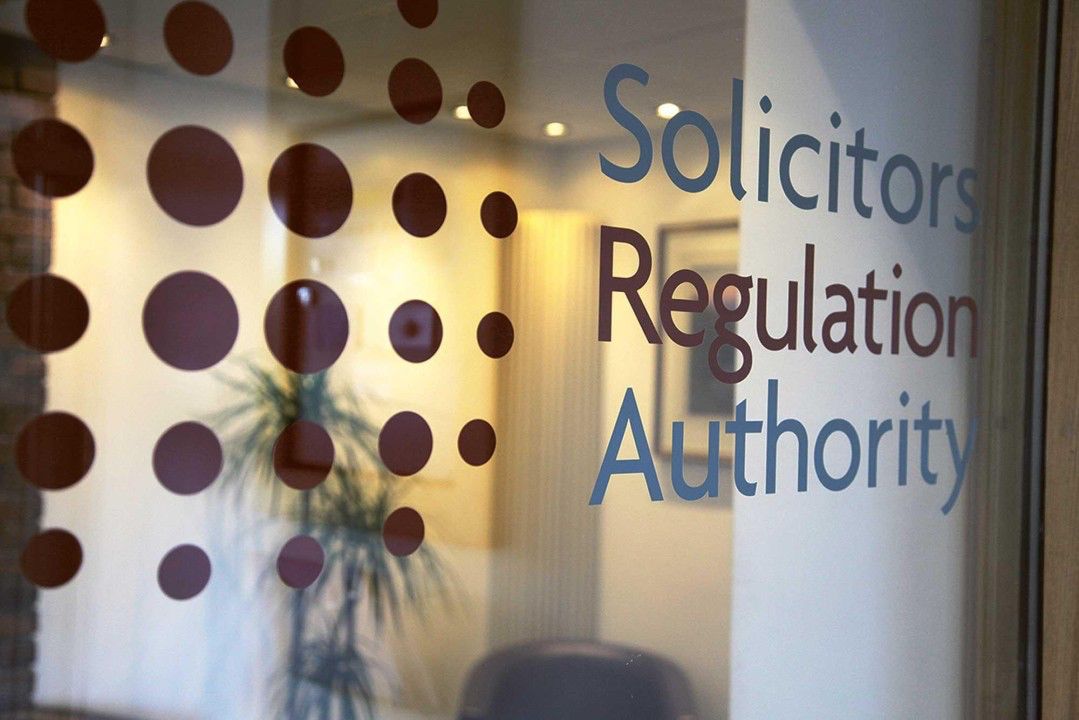Conveyancing solicitors and property lawyers are a crucial part of the home moving process, providing essential legal guidance at critical times in their clients lives.
As National Conveyancing Week celebrations take place across the country, it’s important to recognise the risks that come with this responsibility.
Negligence claims against conveyancers are a real concern, and legal professionals must be vigilant in their efforts to prevent them.
In this guide, we’ll explore some practical steps that conveyancing solicitors and property lawyers can take to avoid negligence claims and protect themselves and their clients. Azeem Rashid, Director at Verify 365, has compiled a snapshot list of tips and best practices that will help conveyancers navigate potential risks and pitfalls with confidence.
So, let’s dive in and discover how you can stay on top of your game and provide excellent service to your clients!
Negligence Claims in Conveyancing
Conveyancing is a complex process that requires careful attention to detail and diligent record-keeping. It is essential to ensure that you have taken all the necessary steps to prevent negligence claims against you by clients.
To begin, there are several common grounds for negligence claims that you need to be aware of such as:
-Failing to properly investigate titles
-Missing restrictive covenants or rights of way
-Not checking for building regulation certificates
-Misadvising or not advising clients properly
In this guide, we will provide you with a comprehensive checklist to help you prevent negligence claims and protect your reputation.
Get to know your clients
The first and most important step in preventing negligence claims is to know your clients. You may know who your client is but it is essential to appreciate what your clients know and don’t know so that you can tailor your communication accordingly. Remember, there is no such thing as a “collective client” – each client is an individual. Failure to understand your client’s intentions and circumstances could lead to potential claims of negligence. Ensure that you take the time to fully understand your client’s situation and communicate effectively with them.
Be clear on your retainer and report
It is not always enough just to send out a standard client care letter that has not been tailored to the client’s case. Clients often do not understand the limits of your retainer or your report. So, you need to make it absolutely clear what it is the client has asked you to do, and what you will not do. Make sure you tell the client what is covered in the scope of work especially where it is a fixed fee.
Have an issue page
Keep what is known as a issue page within the case management system file matter is crucial to ensure that no important points are missed during the transaction. This becomes especially important when the pressure mounts up towards the exchange, and having all the information in one place can help you stay organised and avoid costly mistakes.
Keep records
Keeping detailed records is essential, and the lack of written retainer and attendance notes is a common cause of claims. After sending the report to the client, ask them to confirm in writing that they have read and understood it, as it will be difficult for them to come back later and claim otherwise. Keeping records on file is an important practice that should not be underestimated.
Constructive notices
Clients must understand the issue of constructive notice and how it can affect the property’s saleability. This means that anything they see or observe during their visit to the property, such as unusual parking arrangements or occupants, could bind them to it.
Don’t make assumptions
Never assume that clients will hold a certain way on related purchases, such as being tenants in common. Always make sure to clarify this beforehand. Never make assumptions on a clients risk profile. Ensure that you ask and clarify.
Conduct KYC on the seller
When acting for the seller, ensure that you know who your client is and that they are the legal owner of the property. As a conveyancer on behalf of the seller, you give a warranty to the buyer that the person you act for is the seller and legal owner of the property. Ensure you have a effective and accurate ID process especially where the use of technology is required. Biometric Identity Verification enhances the process by utilising accurate and live data.
Provide detailed advice
Failure to properly advise on easements or covenants is a common mistake that leads to negligence claims. Merely telling clients that they exist or don’t exist is not enough. You need to explain the impact of these on the property’s saleability and properly explain the contents of the title documents.
Reporting properly on replies to enquiries from the seller is crucial. This includes advising the client on any adverse replies and specifically highlighting any adverse entries in the searches. Simply hiding these in a lengthy report is not enough to cover your back.
Treat each case individually
There is no such thing as “usual searches.” You need to consider each case individually and determine whether bespoke enquiries are required, such as utility searches or mining searches, depending on the property’s location and intended use. For example the Building Safety Act is critical for high-rise buildings, and it’s essential to be familiar with its provisions to advise clients effectively.
Land Registry failures
As a conveyancer, it is your responsibility to ensure that all necessary registrations are made and that the Land Registry information is accurate. Failure to do so could result in claims against you if problems arise later.
Registered charges are removed
It is also important to make sure that any registered charges or mortgages are properly removed when a property is sold, and that any outstanding mortgage payments are taken care of. Failing to do so could result in legal issues and potential claims against you.






